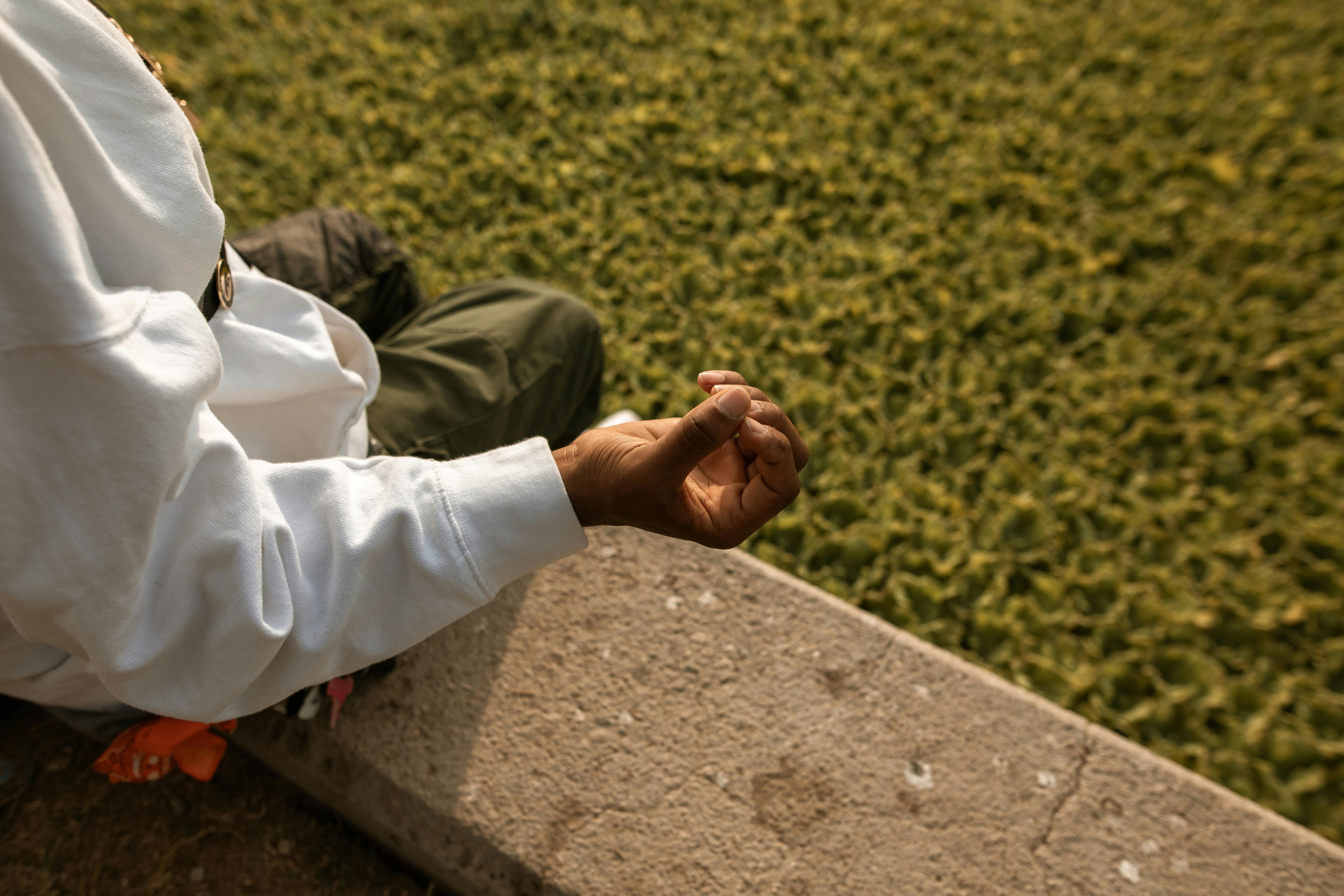
Explore Stress Reduction Techniques For A Balanced And Unhurried Life
Daily responsibilities like meeting work deadlines, coordinating family plans, and keeping up with social events often compete for your attention. As the day goes on, you might sense tightness building in your shoulders or notice that your thoughts start to race as evening approaches. Recognizing these physical and mental cues early on allows you to address stress before it affects other areas of your life. By paying close attention to how your body and mind respond to daily pressures, you can take simple steps to feel more balanced and maintain a sense of control throughout your day.
This guide maps out clear, tested steps to ease tension. You’ll see simple habits you can fit into a busy morning, calming breathing sequences for a midday pause, and movement ideas that feel more like fun than exercise. Each section builds on the last so you craft a balanced routine that sticks.
Understanding Stress and Its Impact
Your body reacts to stress with a rush of hormones like cortisol and adrenaline. These spurts helped our ancestors react to danger, but today they often trigger for an email alert or traffic jam. That cycle can raise heart rate, crank up blood pressure, and sap energy reserves.
If you let tension go unchecked, it can seed headaches, back pain, and insomnia. It can also fuel worry, leaving you unable to switch off. Recognizing how stress shows up—whether through irritability, fatigue, or difficulty concentrating—lets you step in early. Addressing it now prevents more serious health issues down the road.
Simple Daily Practices
- Morning gratitude check: Write down three small wins or things you appreciate before getting out of bed.
- Tech-free meals: Set devices aside for breakfast and lunch to stay present with flavors and conversation.
- Micro-breaks: Stand and stretch for 30 seconds every hour. Shake out stiff areas and reset your posture.
- Hydration ritual: Keep a glass of water at your desk. Sip mindfully rather than gulping in a rush.
- Sleeptime wind-down: Dim lights and avoid screens for 20 minutes before sleep. Read a few pages of a paper book.
Each habit takes under five minutes but adds up over a week. You train your mind to pause and reset before tension spirals.
Consistency beats intensity when you build new patterns. Choose two of these habits and practice them daily for two weeks. Once they feel automatic, add another item from the list.
Mindfulness and Breathing Techniques
- Find your seat: Sit upright in a chair or cross-legged on a cushion. Keep shoulders relaxed and feet grounded.
- Count your breath: Close your eyes and breathe in for a count of four, then out for a count of six. Repeat for five cycles.
- Guided imagery: Picture a calm spot—a quiet forest or sandy beach. Engage all senses: feel the breeze, hear the waves, smell the pine needles.
- Anchor your attention: If thoughts drift, gently return focus to your breath or the image. Treat wandering thoughts like clouds passing by.
- Finish with intention: After a few minutes, inhale deeply and set a simple goal like “I’ll respond calmly” or “I’ll pause before I react.”
Tiny pauses like these interrupt a stress spiral in real time. You’ll notice a drop in muscle tension and a quieter mind.
Digital tools such as Headspace or custom timers can support your practice. But the core method works without any app. Find a quiet corner and set aside a few minutes.
Physical Activities to Reduce Stress
Moving your body releases endorphins—nature’s mood boosters. It also lowers levels of cortisol. You don’t need a gym membership to get these perks. Short routines at home or a brisk walk around the block can do the trick.
Try quick bodyweight circuits: ten squats, ten push-ups, ten lunges. Rest for one minute and repeat. You’ll raise your heart rate and stretch tight muscles in under ten minutes. Combine this with a five-minute cool-down spin on a bike or gentle yoga stretches.
Outdoor activities add an extra boost. Hiking on a nearby trail, gardening in sunlit patches, or tossing a ball in the park give you fresh air and a change of scenery. Studies link time in green spaces to lower anxiety and better focus.
When weather prevents outdoor plans, dance to upbeat music in your living room. Follow online classes for structured moves. A quick virtual Zumba or kickboxing session can turn tension into energy in less than twenty minutes.
Building a Routine You Can Keep
Routine becomes part of your life only when you stick with it. Start by choosing one breathing practice, two daily habits, and one movement idea. Schedule them on your calendar as if they were appointments. Set reminders on your phone or pin sticky notes near your workspace.
Track your progress in a simple journal. Note how each practice affects your mood, energy, and focus. After two weeks, review your notes and make adjustments. Drop what feels forced and increase what energizes you.
Invite a friend or coworker to join a morning stretch session or a lunchtime walk. You’ll check in with each other and enjoy social support.
Reassess every month. Add variety to prevent boredom. Change your walking route. Try new breathing counts. Replace gratitude with a five-minute evening reflection on lessons learned each day.
You now have a toolkit of stress-relief moves you can start today. These practices fit busy schedules and get easier with small, steady steps.
Use them to find calm moments and build your resilience. This helps you maintain a balanced, unhurried life.